 | ||
Urla limantepe antik liman
The town of Limantepe, sometimes spelled Liman Tepe, located on Turkey's western coast is the site of a prehistoric (Bronze Age) settlement that includes an ancient port dating from 2500 years located underwater offshore. The area is situated in the urban zone of the coastal town of Urla near İzmir.
Contents
- Urla limantepe antik liman
- Izmir in urla il esindeki limantepe de kaz lar devam ediyor
- Cultural layers
- References
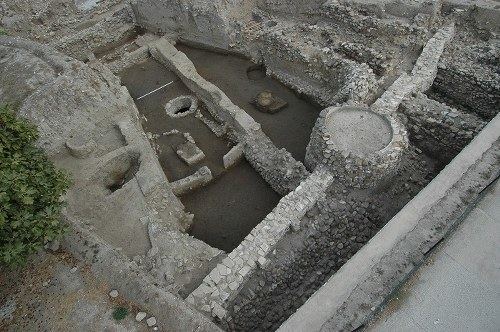
The harbor settlement was inhabited starting from 6000 years ago and was equipped with a fortification wall partially submerged in the sea. The settlement changed significantly over time, and is one of the oldest known artificial harbors in the Aegean Sea. The underwater find includes vessels and urns that are believed to have arrived at the port from Greece and maybe Cyprus via the Black Sea.
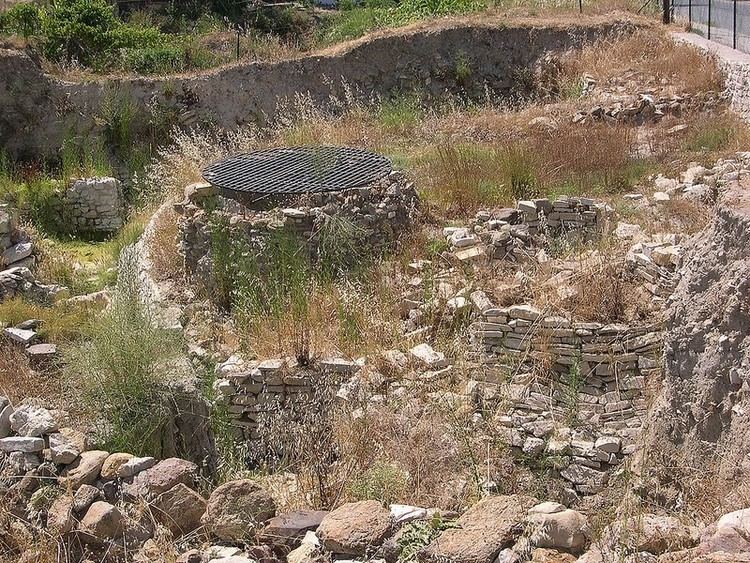
The archaeological site was discovered by Ekrem Akurgal in 1950, and its exploration has been pursued on land and underwater since 1979 by an international team and many of the artifacts discovered are currently on display in İzmir Archaeology Museum. It is very close but separate from the site of Klazomenai, inhabited as of the Iron Age and which itself had changed location several times during its history in the same area between the mainland and Karantina Island across its coastline. Israeli archaeologists and divers including students from Haifa University have helped investigate.
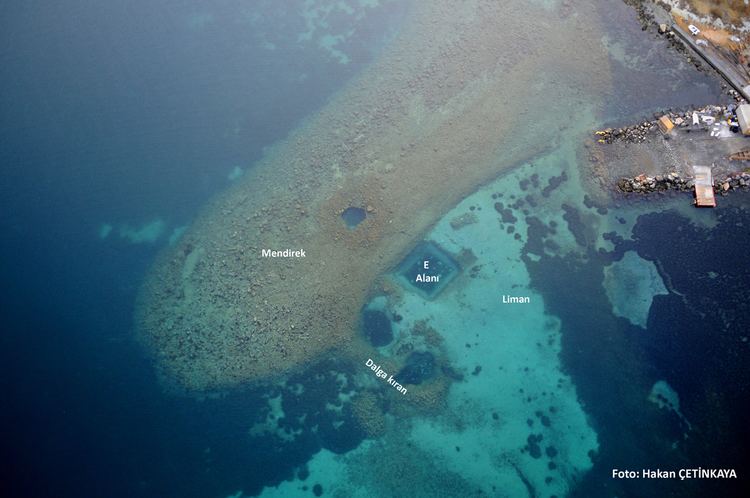
Izmir in urla il esindeki limantepe de kaz lar devam ediyor
Cultural layers
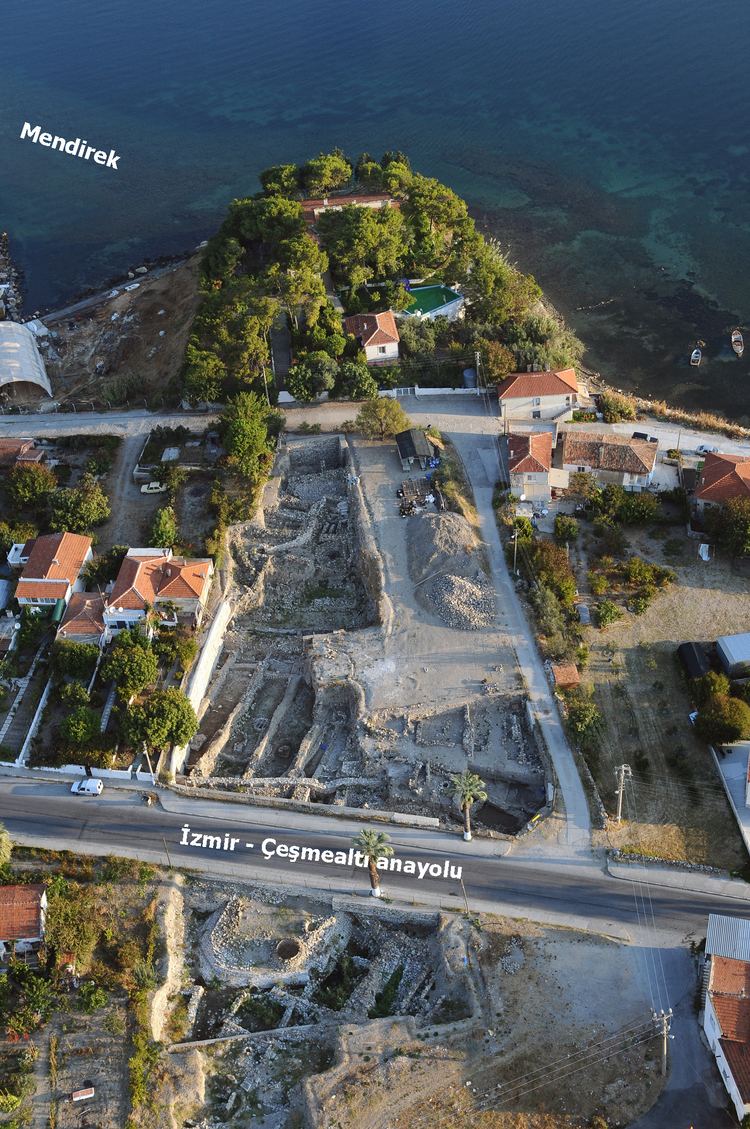
Three important cultural layers apart from those of the classical period have been encountered at Limantepe up to the present, as well as evidence for the presence of Chalcolithic remains. The lowest layer belongs to the Early Bronze Age and dates from the 3rd millennium B.C. onwards. Three phases of this layer have been excavated so far and the number of phases is expected to increase as the excavations proceed. The second cultural layer consists of five phases that belong to the Middle Bronze Age and which dates from the first half of the 2nd millennium B.C. onwards.

Evidence from these two early periods indicate cultural ties notably with the nearby prehistoric sites of Tepekule, Bayraklı within the city of İzmir (which was later to form the core of "Old Smyrna") and with Panaztepe site at the mouth of the River Gediz (later Hermus during the Classical Age), and perhaps also influences from central Anatolia.
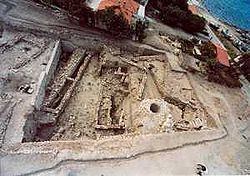
The third layer belongs to the Late Bronze Age and covers the time period from the 14th to the 13th century B.C., roughly contemporary with the Trojan War. Some of the artifacts discovered from this period reflect a cultural proximity with the Mycenean culture.
Consequently, along with remains from the Classical Age in Klazomenai, Limantepe reflects a history of 4000 years. It is argued that this could make Limantepe the oldest, as well as the longest inhabited center of the Aegean coast of Anatolia. One of the most important finds at the site was made in 2007 when a wooden merchant ship anchor dating from the 7th century B.C. and which is likely to be the oldest ever found, was discovered wedged in the sea ground during the underwater explorations of Limantepe.
